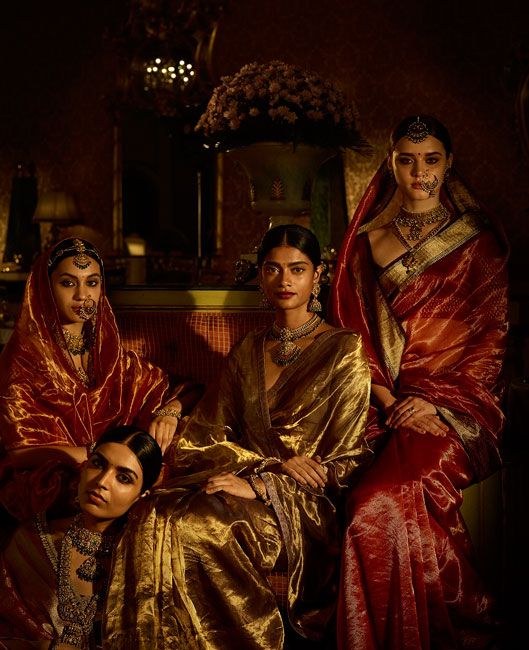Indian culture fashion is a rich and diverse reflection of the country’s heritage, traditions, and values. From the intricate embroidery of Rajasthan to the elegant silk sarees of South India, Indian Culture Fashion is a vibrant tapestry of colors, textures, and patterns. In this blog, we’ll explore the various aspects of Indian culture fashion and what makes it so unique. Indian fashion is not just about clothing; it’s an expression of the country’s cultural identity. Each garment, accessory, and textile tells a story of the region’s history, traditions, and values. Indian fashion is a reflection of the country’s diversity, with different regions and communities having their own unique styles and preferences.
The History of Indian Fashion
Indian Culture Fashion has a long and storied history, with influences from various cultures and empires. From the ancient Indus Valley Civilization to the Mughal Empire, each era has left its mark on Indian fashion. The traditional Indian garments like the saree, salwar kameez, and dhoti are testaments to the country’s rich cultural heritage. Indian fashion has a rich and diverse history that spans thousands of years, with influences from various cultures, empires, and traditions. From the ancient Indus Valley Civilization to the modern era, Indian fashion has evolved significantly, reflecting the country’s cultural, social, and economic changes. . Today, Indian fashion is a vibrant and dynamic industry, showcasing the country’s creativity, craftsmanship, and style
Regional Fashion:
India is a land of diverse regions, each with its own unique fashion style. Some of the notable regional fashion styles include:
1. Rajasthani Fashion: Rajasthani fashion has had a significant influence on Indian fashion, with many designers incorporating traditional Rajasthani elements into their designs. The vibrant colors, intricate embroidery, and ornate accessories of Rajasthani fashion have inspired many fashion trends in India.
2. Punjabi Fashion: Punjabi fashion is known for its vibrant colors, bold patterns, and energetic style. It’s a fusion of traditional and modern elements, reflecting the state’s rich cultural heritage and lively spirit.
3. South Indian Fashion: South Indian fashion has had a significant influence on Indian fashion, with its elegant and traditional styles inspiring many fashion trends. South Indian fashion has also been influenced by global fashion trends, resulting in a unique blend of traditional and modern styles.
Modern Indian Fashion
Modern Indian Culture Fashion is a fusion of traditional and contemporary styles. Designers like Sabyasachi Mukherjee, Manish Malhotra, and Ritu Kumar have made a mark on the global fashion scene with their innovative designs and interpretations of traditional Indian attire.
The Significance of Fabric
Fabric plays a crucial role in Indian fashion, with different fabrics being used for different occasions. Some of the popular fabrics used in Indian Culture Fashion include:
Silk: Known for its luxurious feel and elegant drape, silk is a popular choice for traditional Indian attire. Cotton: A versatile and comfortable fabric, cotton is widely used for casual and everyday wear.
Georgette: A lightweight and flowy fabric, georgette is often used for formal and semi-formal occasions.
Accessories: Accessories are an integral part of Indian fashion, adding a touch of elegance and sophistication to any outfit. Some popular accessories include:
Jewelry: Indian jewelry is known for its intricate designs, vibrant colors, and ornate details.
Bangles: A staple in Indian fashion, bangles are worn on various occasions and are often adorned with intricate designs and patterns.
Shoes: From traditional juttis to modern heels, Indian fashion offers a wide range of footwear options.
Conclusion
Indian Culture Fashion not only preserves cultural identity but also evolves to meet contemporary tastes. Designers are reviving traditional crafts while making them relevant for modern wardrobes. Whether it’s a wedding, festival, or casual day out, Indian cultural fashion remains a powerful symbol of beauty, pride, and tradition.

